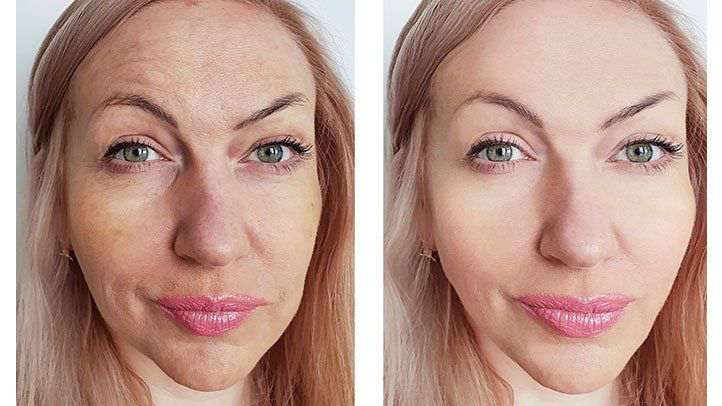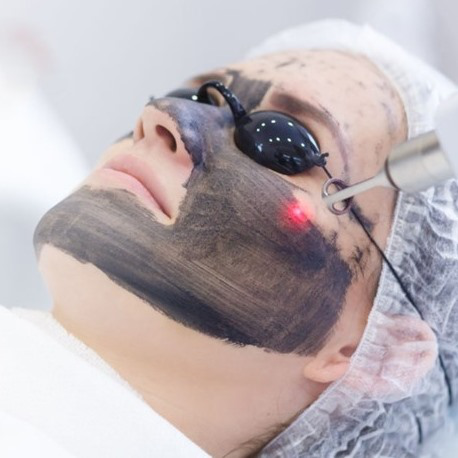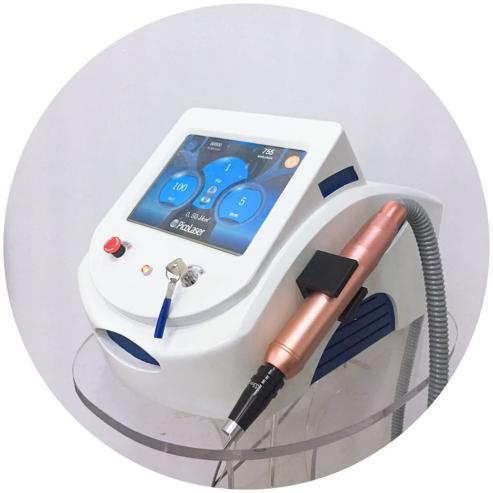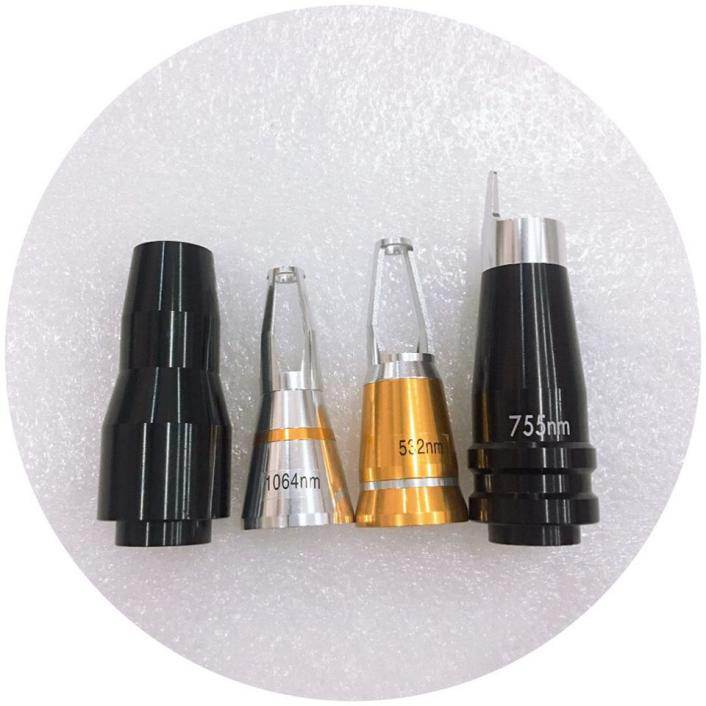05月29 How to choose laser skin rejuvenation

Procedure
Laser skin rejuvenation is a skin resurfacing procedure that uses a laser to improve the appearance of the skin, sun-damaged skin, scars caused by acne, chickenpox or injuries or treat minor facial flaws. This treatment also decreases the appearance of fine lines around the eyes, mouth, and cheeks. Laser resurfacing can also treat loss of skin tone and improve your complexion if you have scars or sun damage. It can be done with two types of lasers: an ablative laser, removes thin layers of skin and a non-ablative laser, stimulates collagen growth and tightens underlying skin. It is important to point that this treatment cannot eliminate excessive or sagging skin (jowls).
An intense beam of light energy (laser) is directed at your skin. The laser beam destroys the outer layer of skin (epidermis). At the same time the laser heats the underlying skin (dermis), which causes collagen fibers to shrink.

Length
Typically takes between 30 minutes and two hours, depending on the technique used and the size of the area treated.
Anesthesia
Local or intravenous sedation is used.
Inpatient/Outpatient
Outpatient procedure.
Possible Side Effects
Itching, swelling, redness, acne, infection, changes in skin color, scarring, lower eyelids turning outward, mild swelling and redness.

Risks
Applying thick creams and bandages to your face after treatment can worsen acne or cause you to temporarily develop tiny white bumps (milia) on treated skin. Increased or decreased skin coloring (hyper- or hypopigmentation). Non-ablative laser resurfacing can cause a flare-up of the herpes virus.

Recovery
Avoid unprotected sun exposure. After ablative laser resurfacing, the treated skin will be raw, swollen and itchy. When recovering from ablative laser resurfacing, regularly clean the treated area with water, saline or acetic acid and apply thick, protective ointments. Strenuous activities can usually be resumed after one or two weeks. Cosmetics can be used to conceal any redness.
Results
Effects can last for years. Improvements after non-ablative laser resurfacing tend to be gradual and progressive, rather than immediate and dramatic.
Want to know more? Please pay attention to future articles!




No Comments